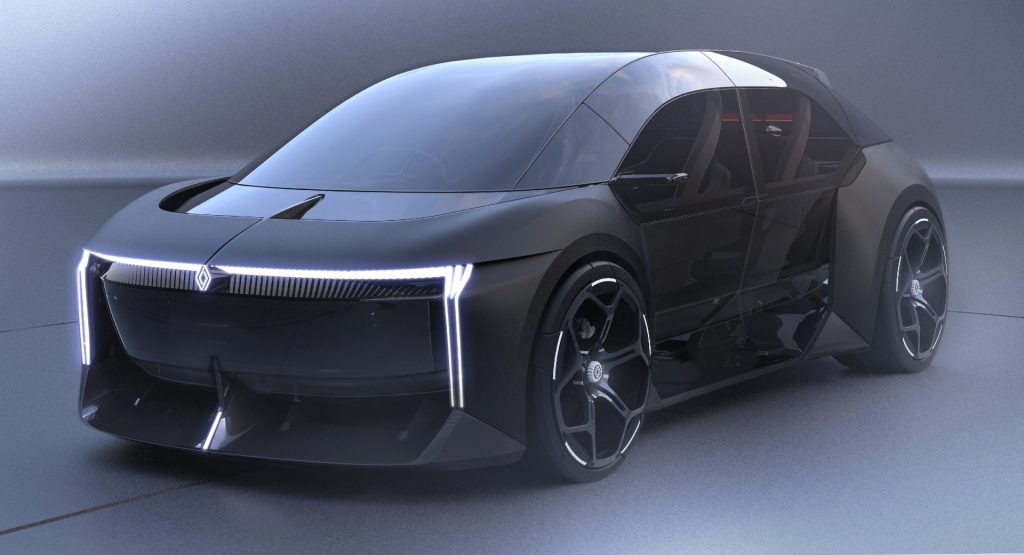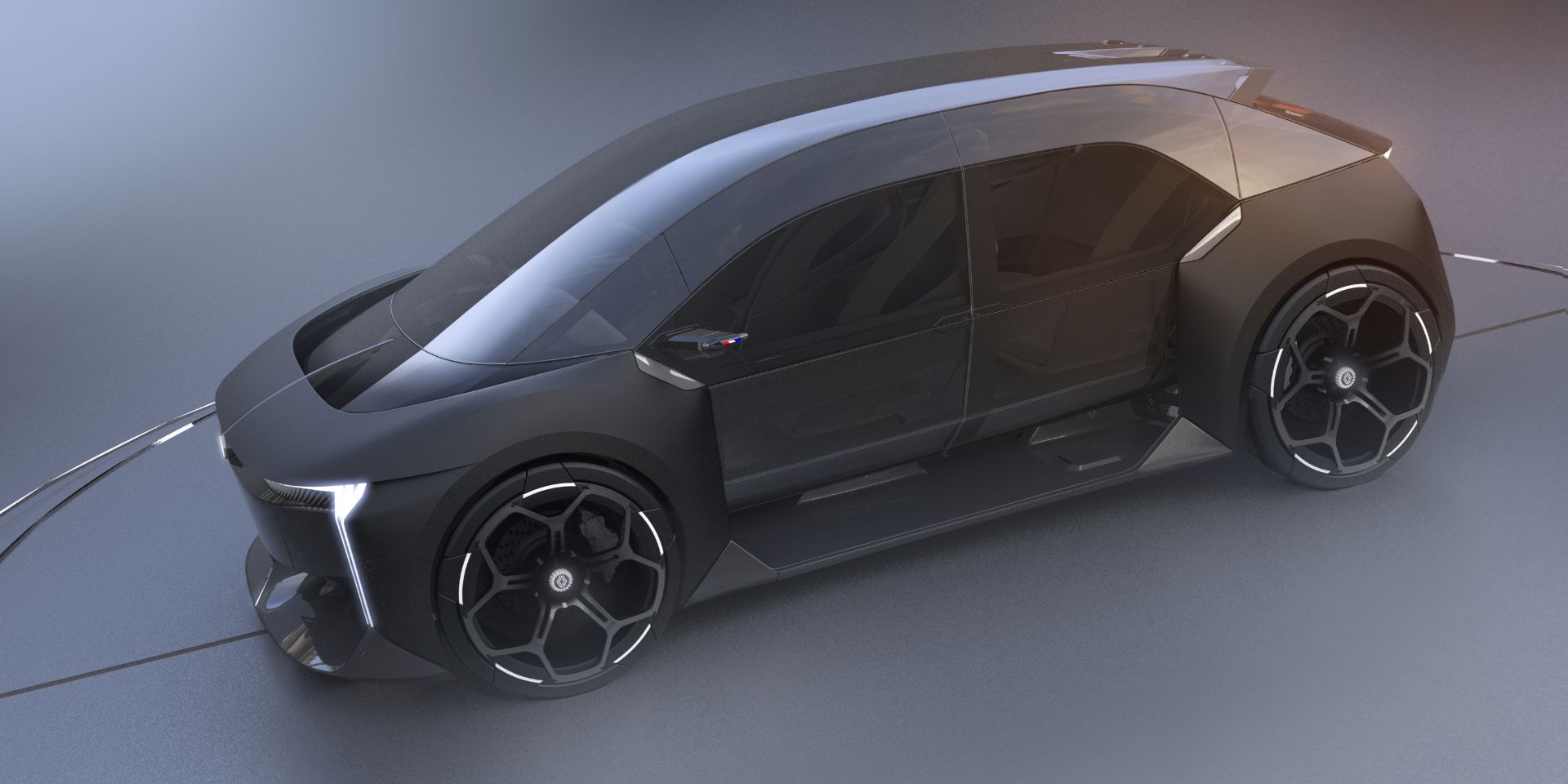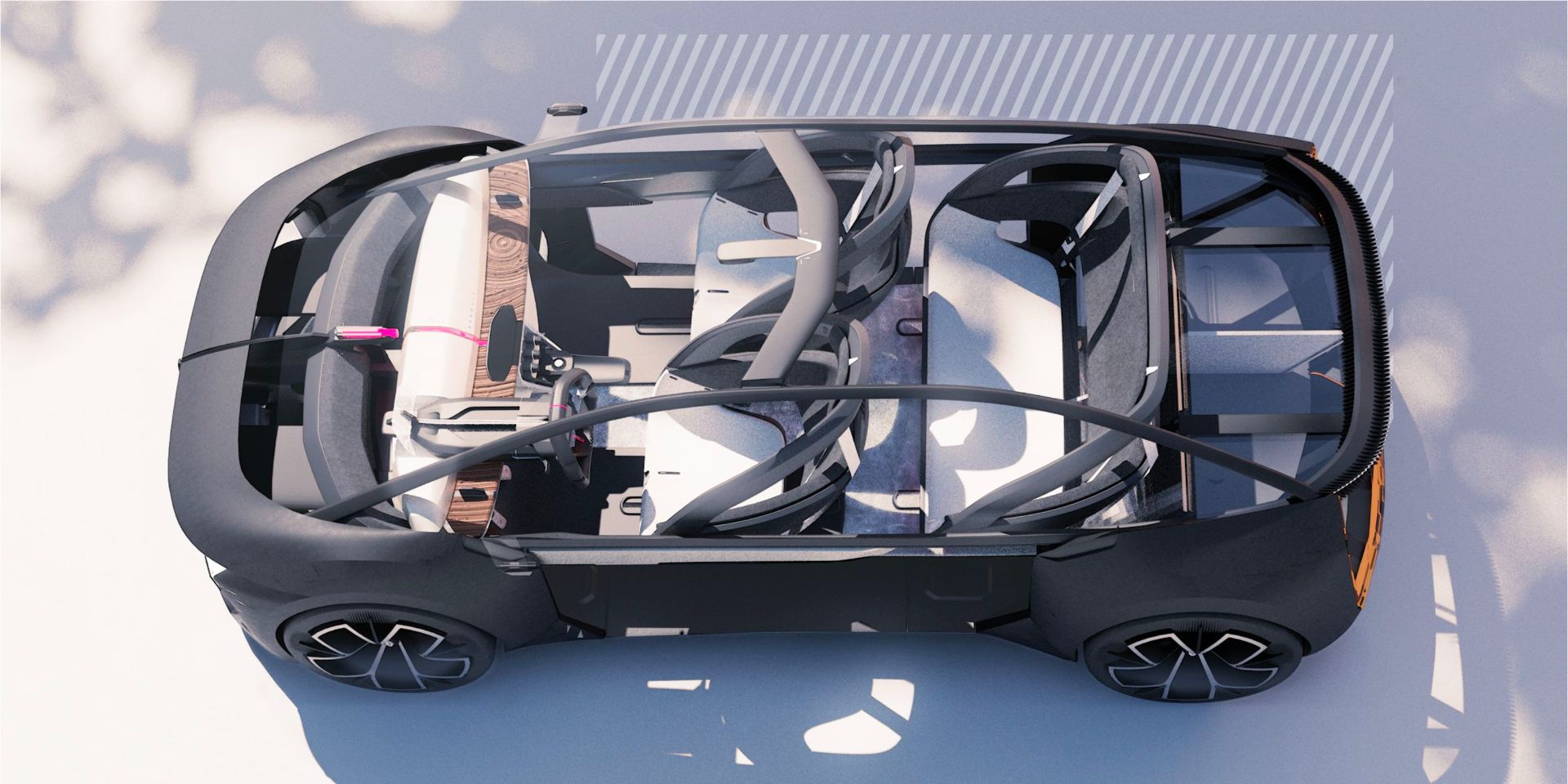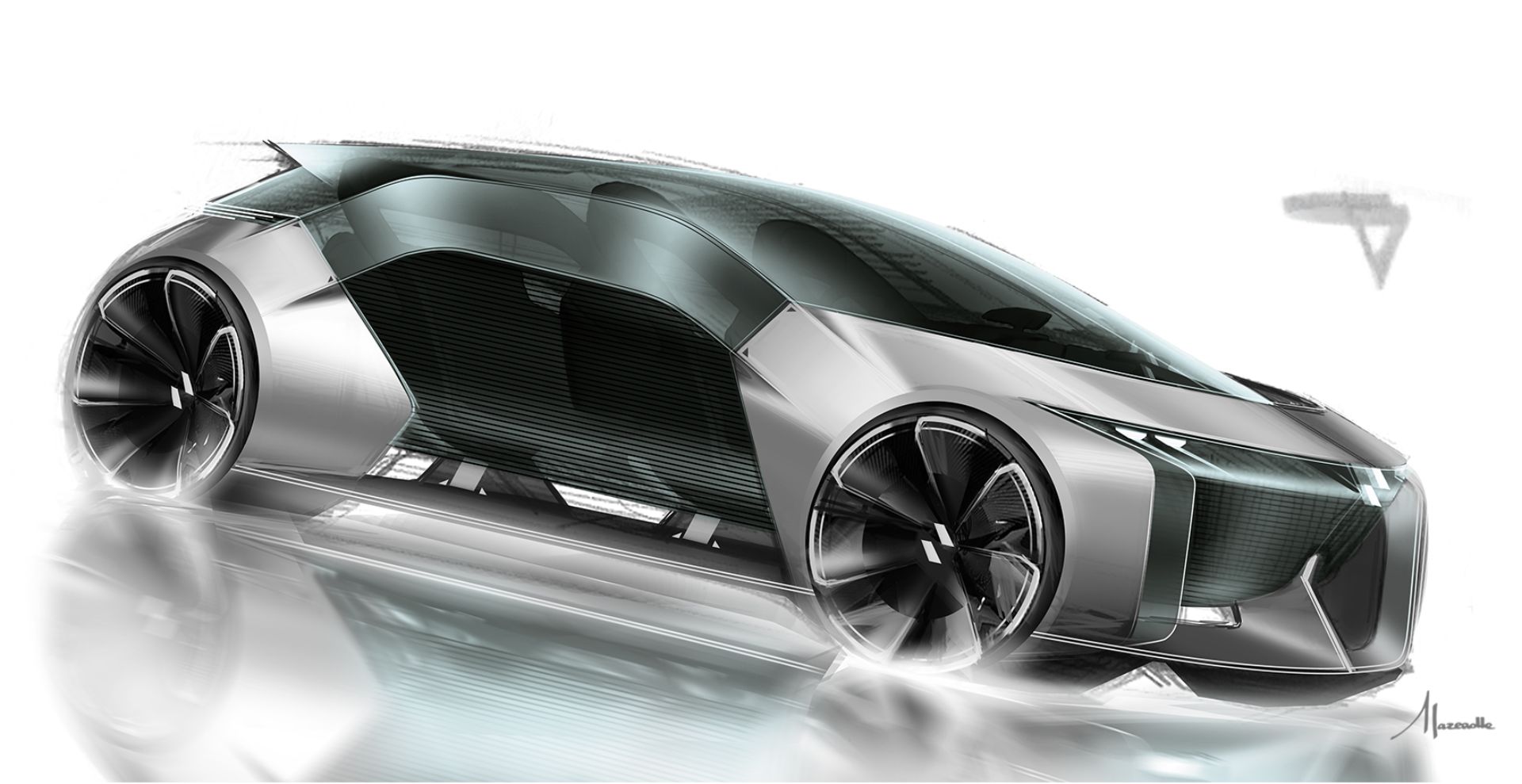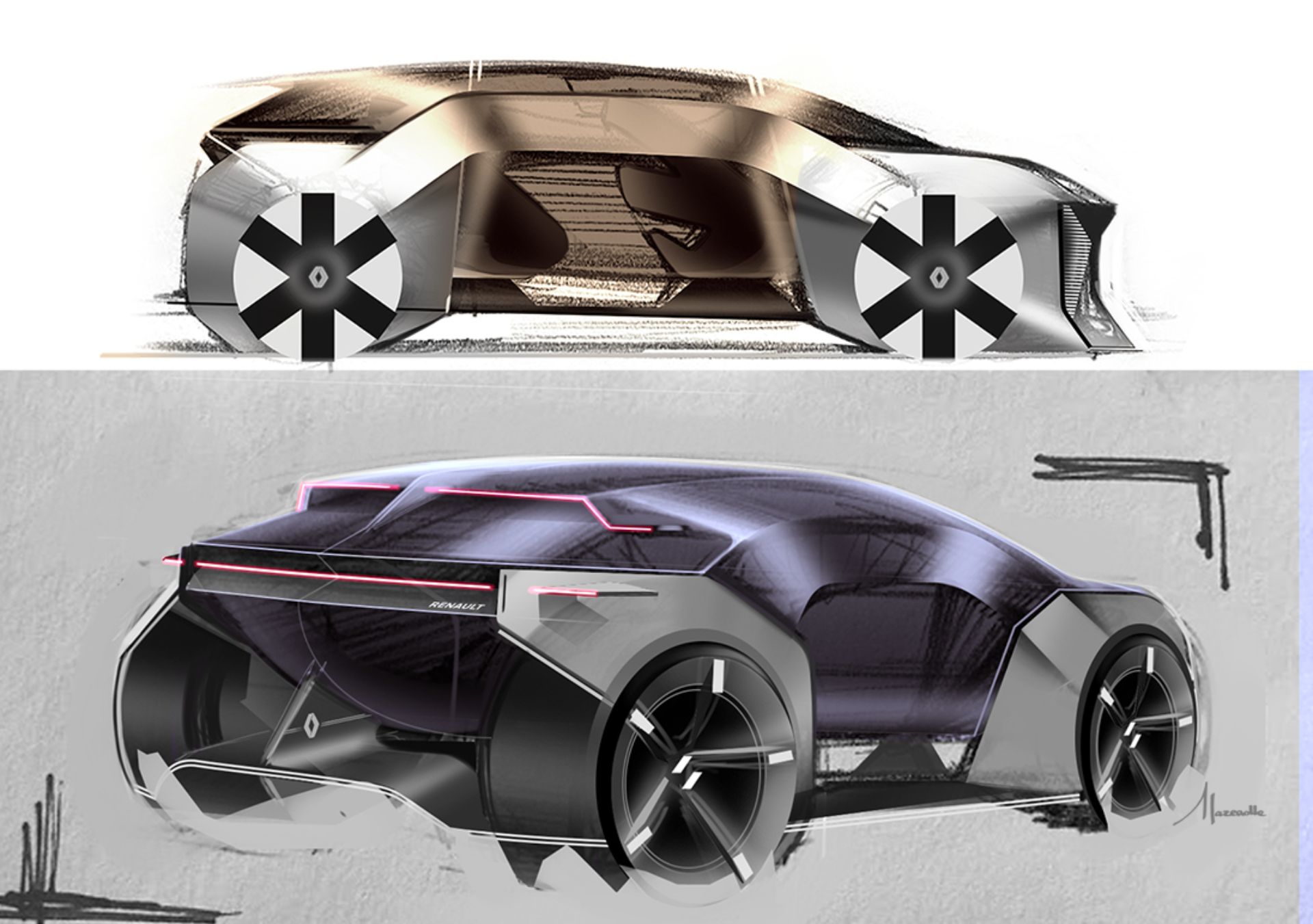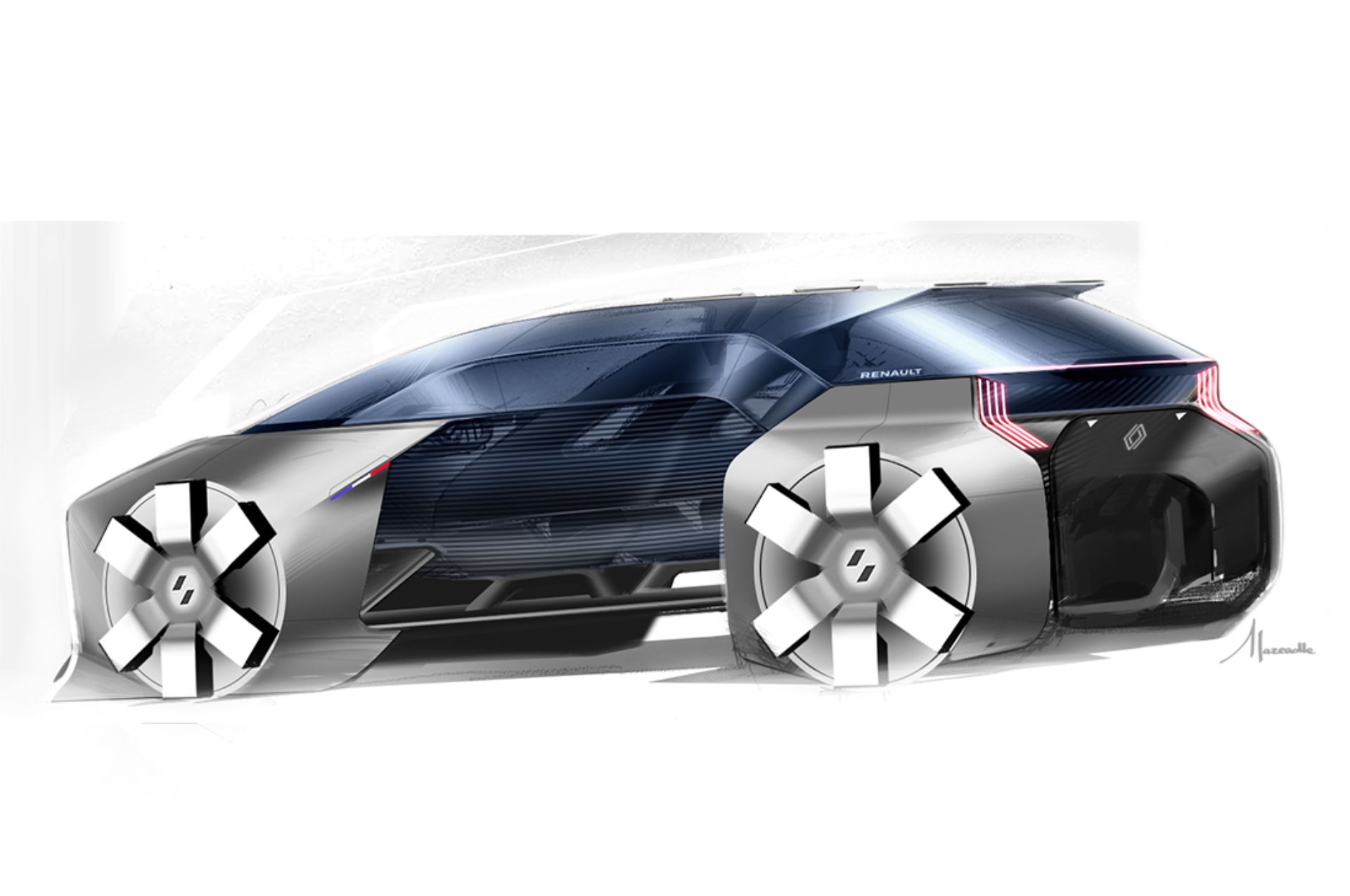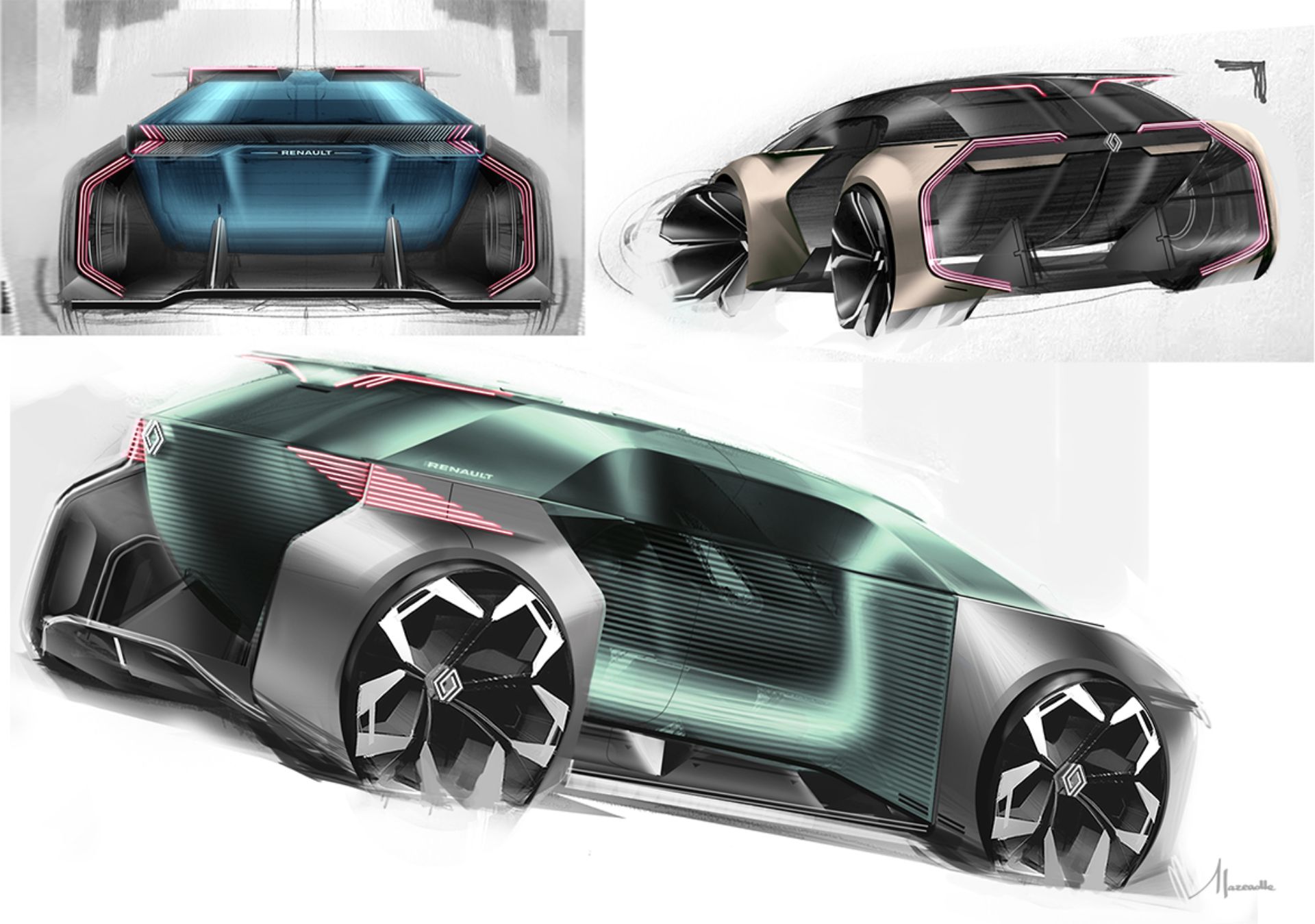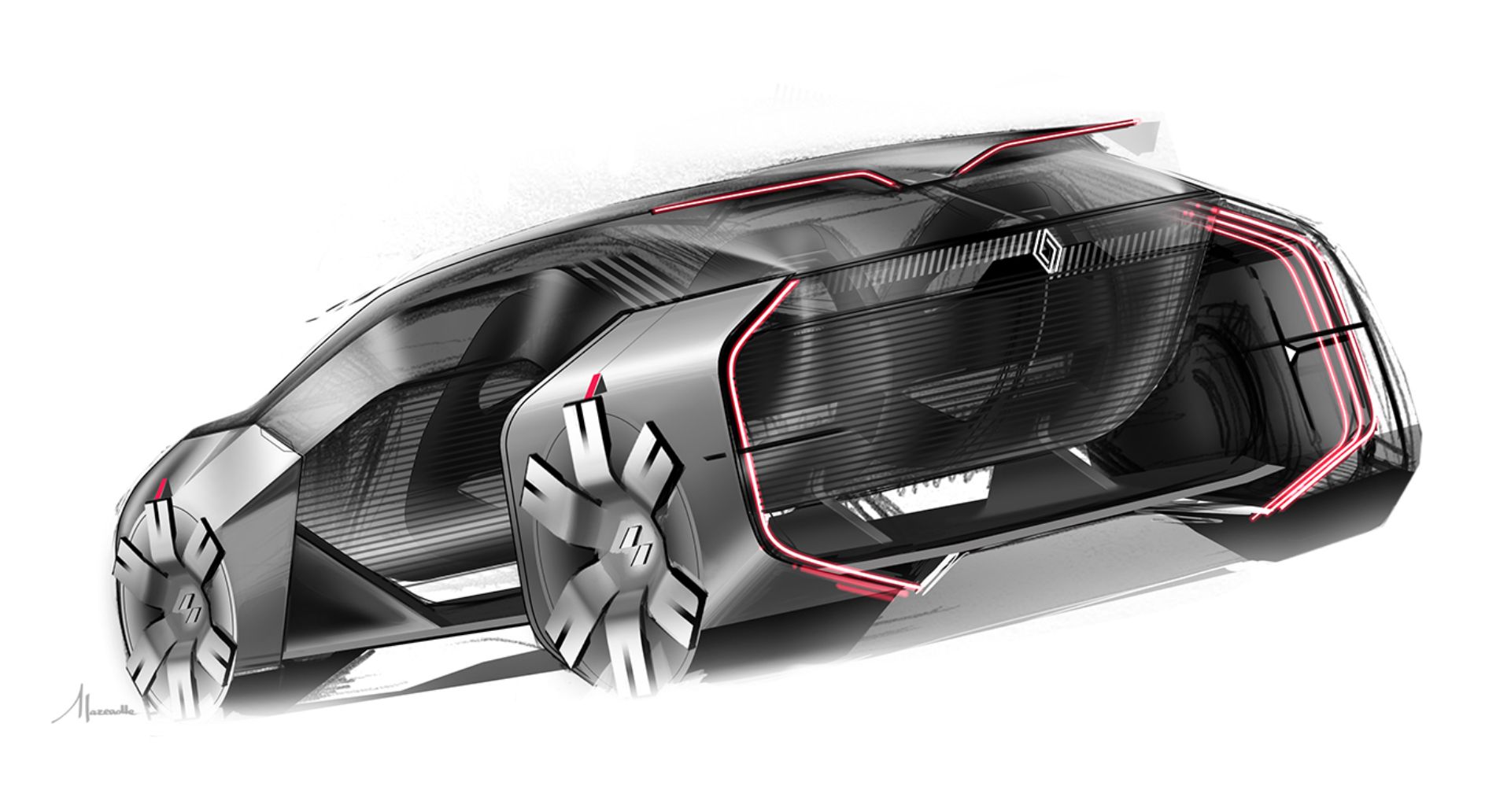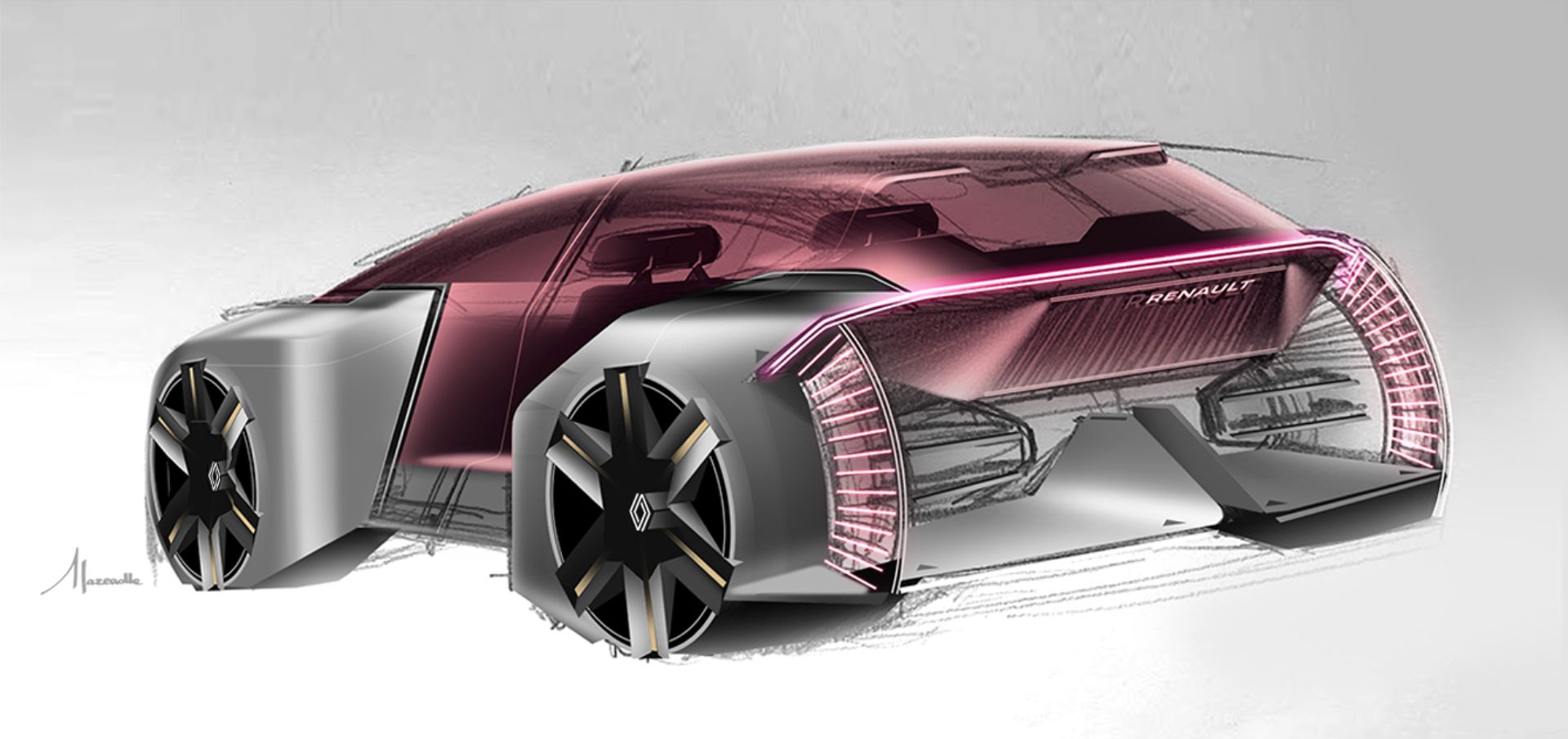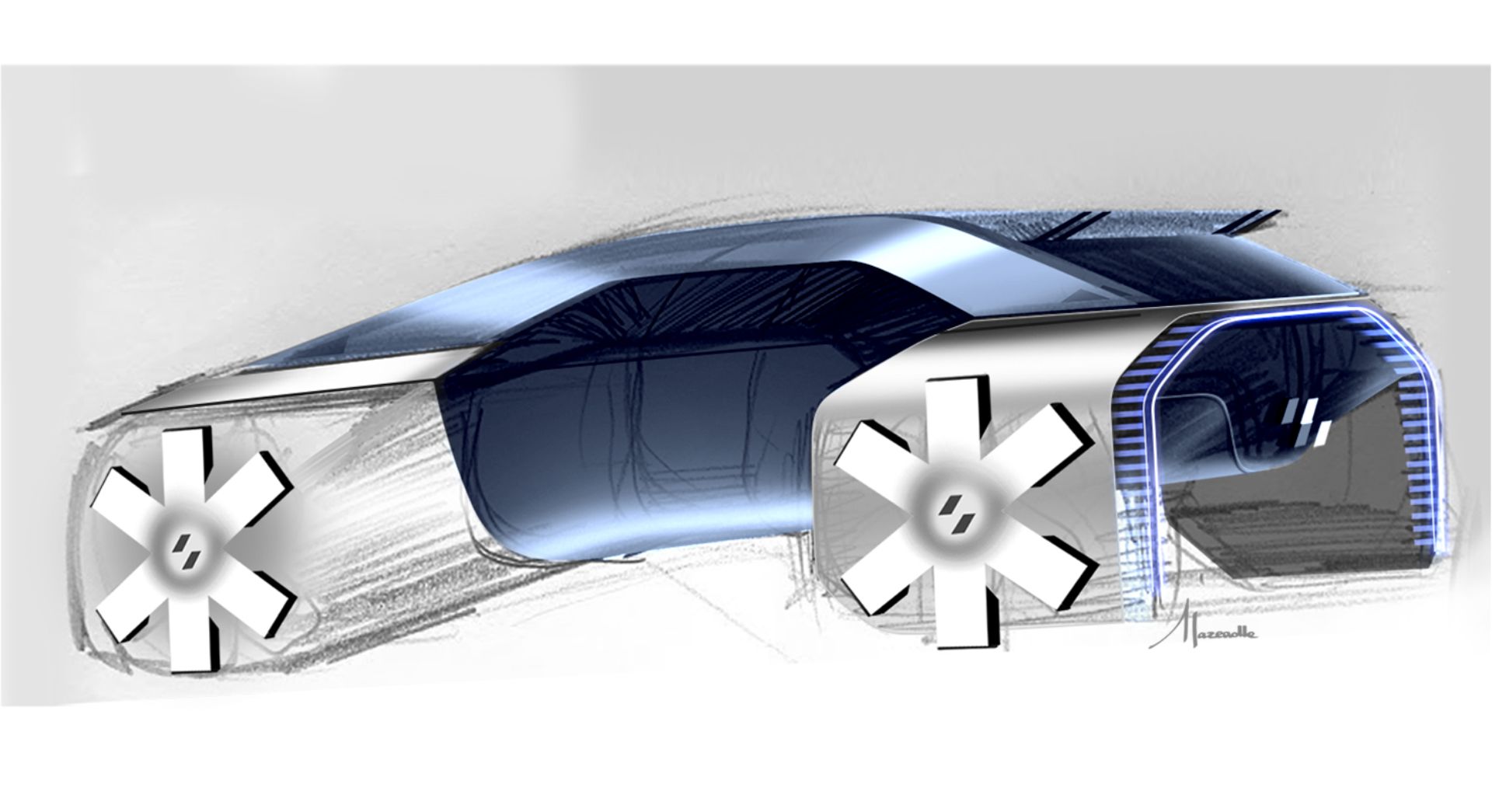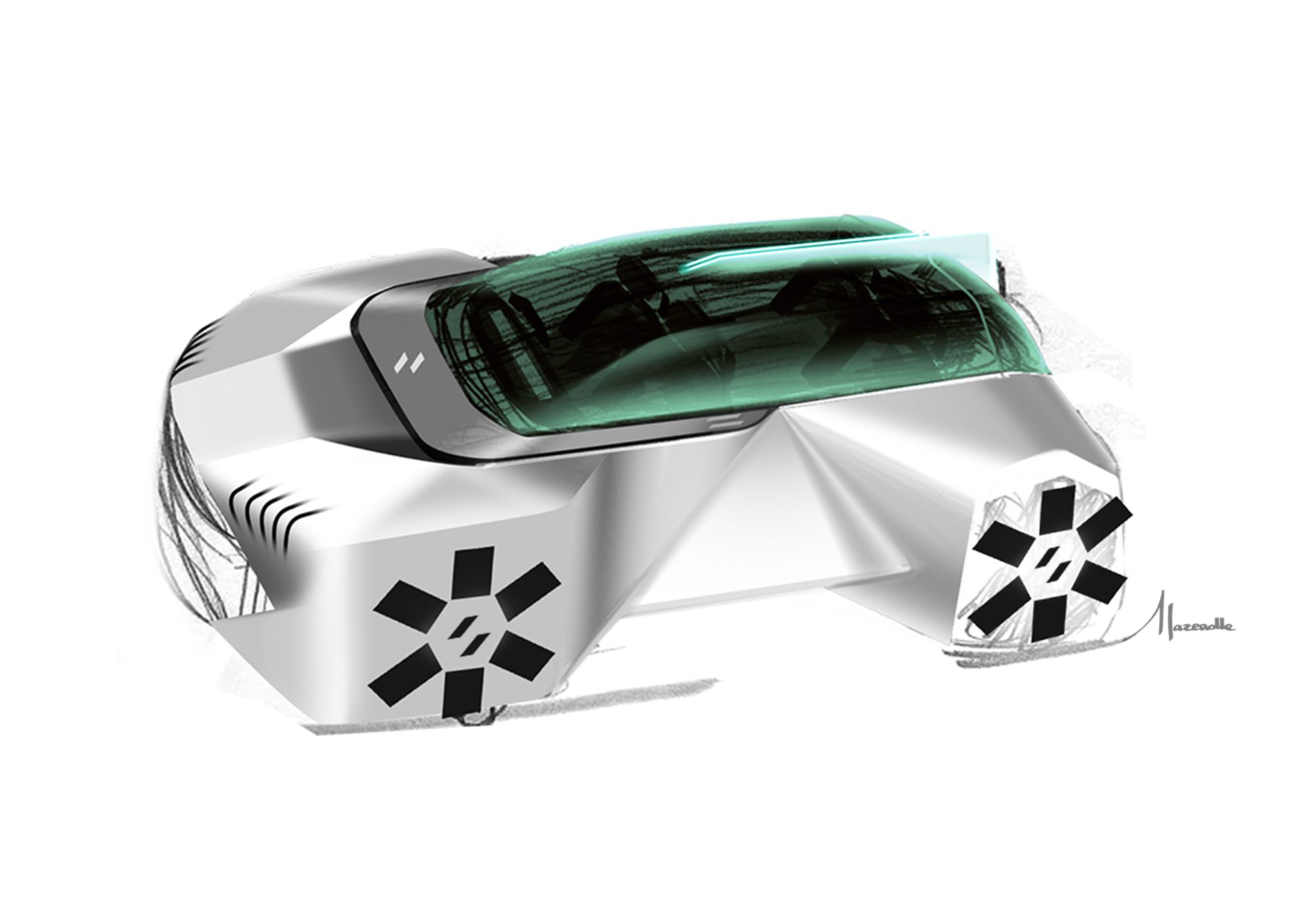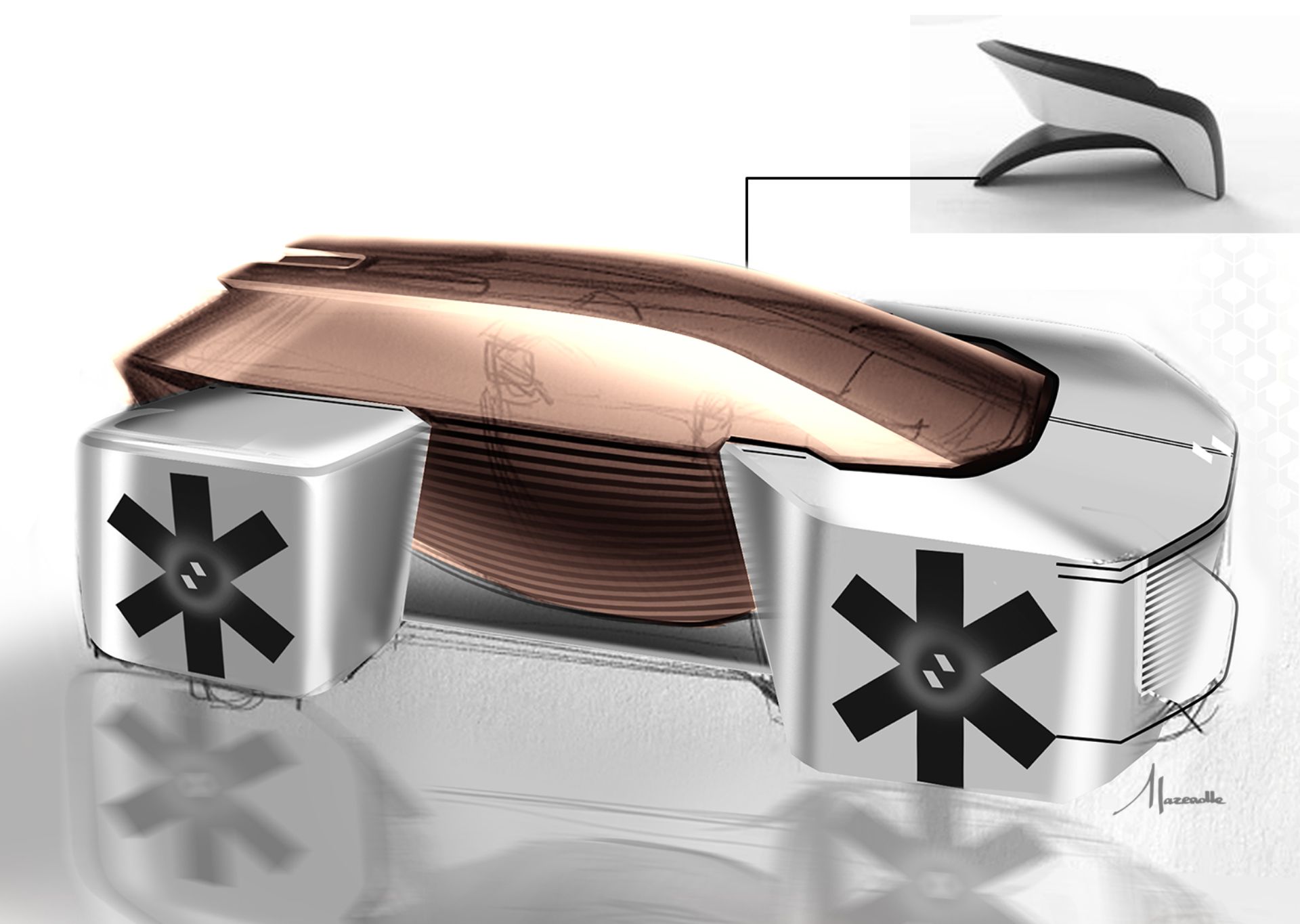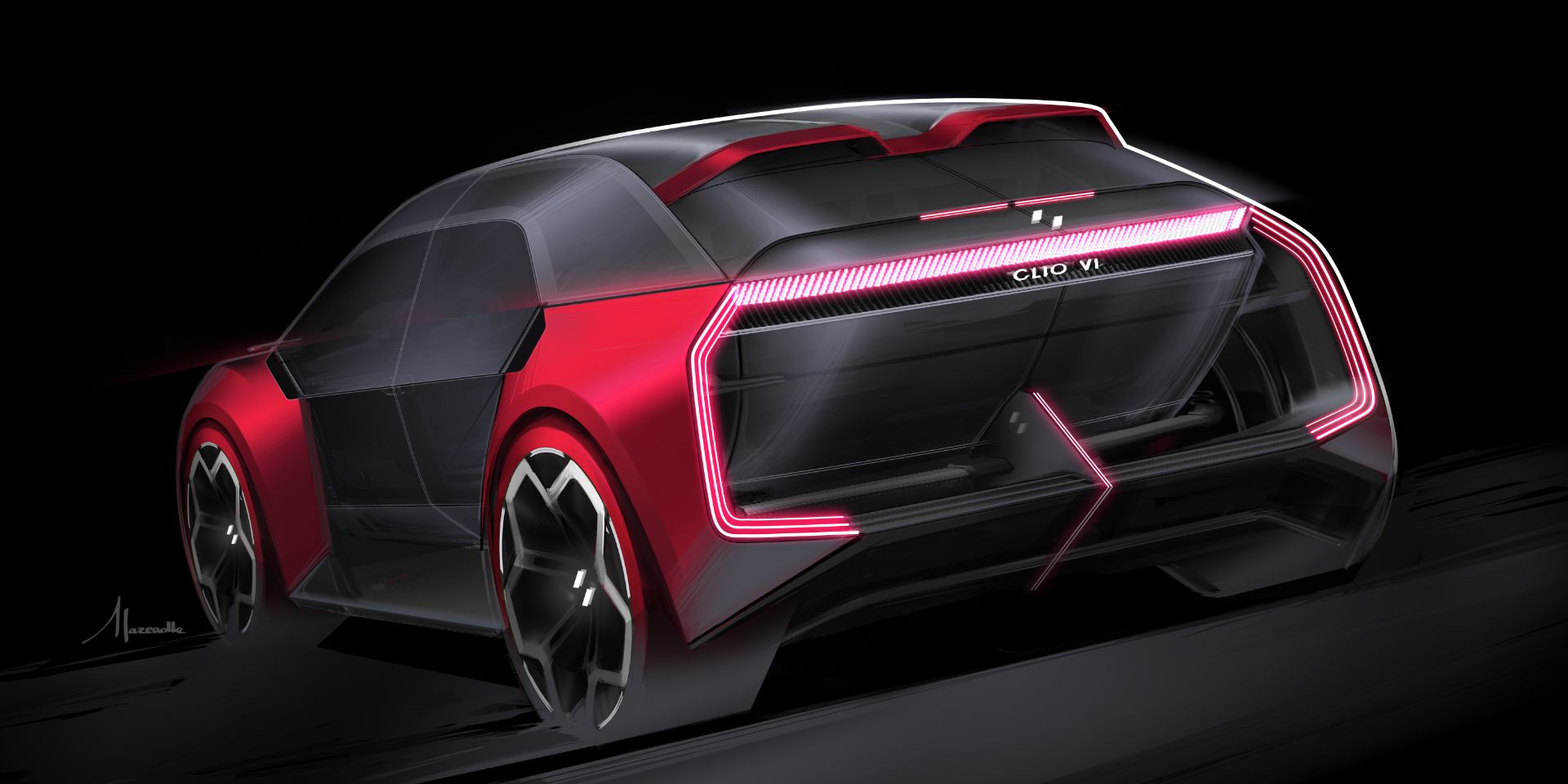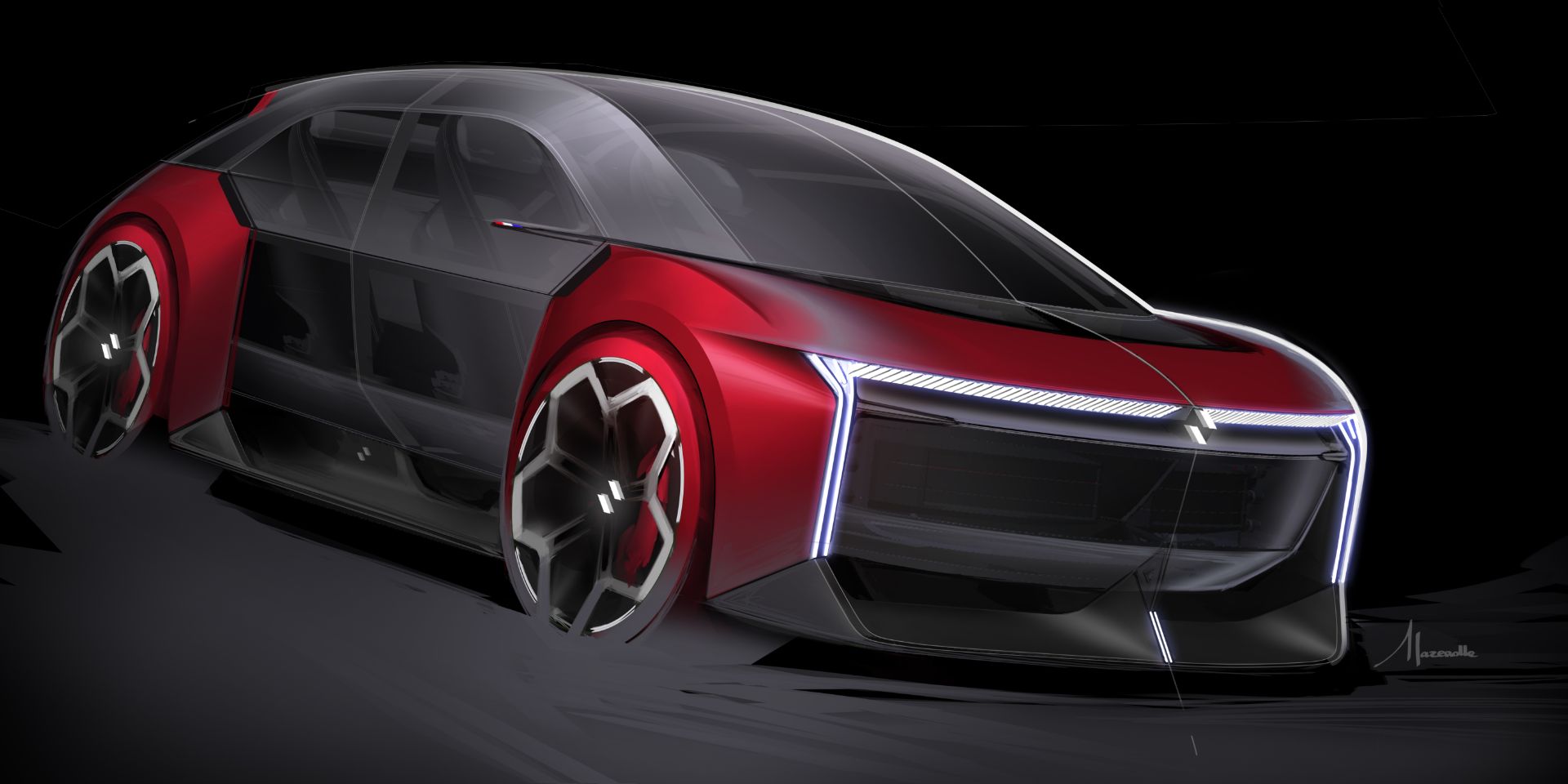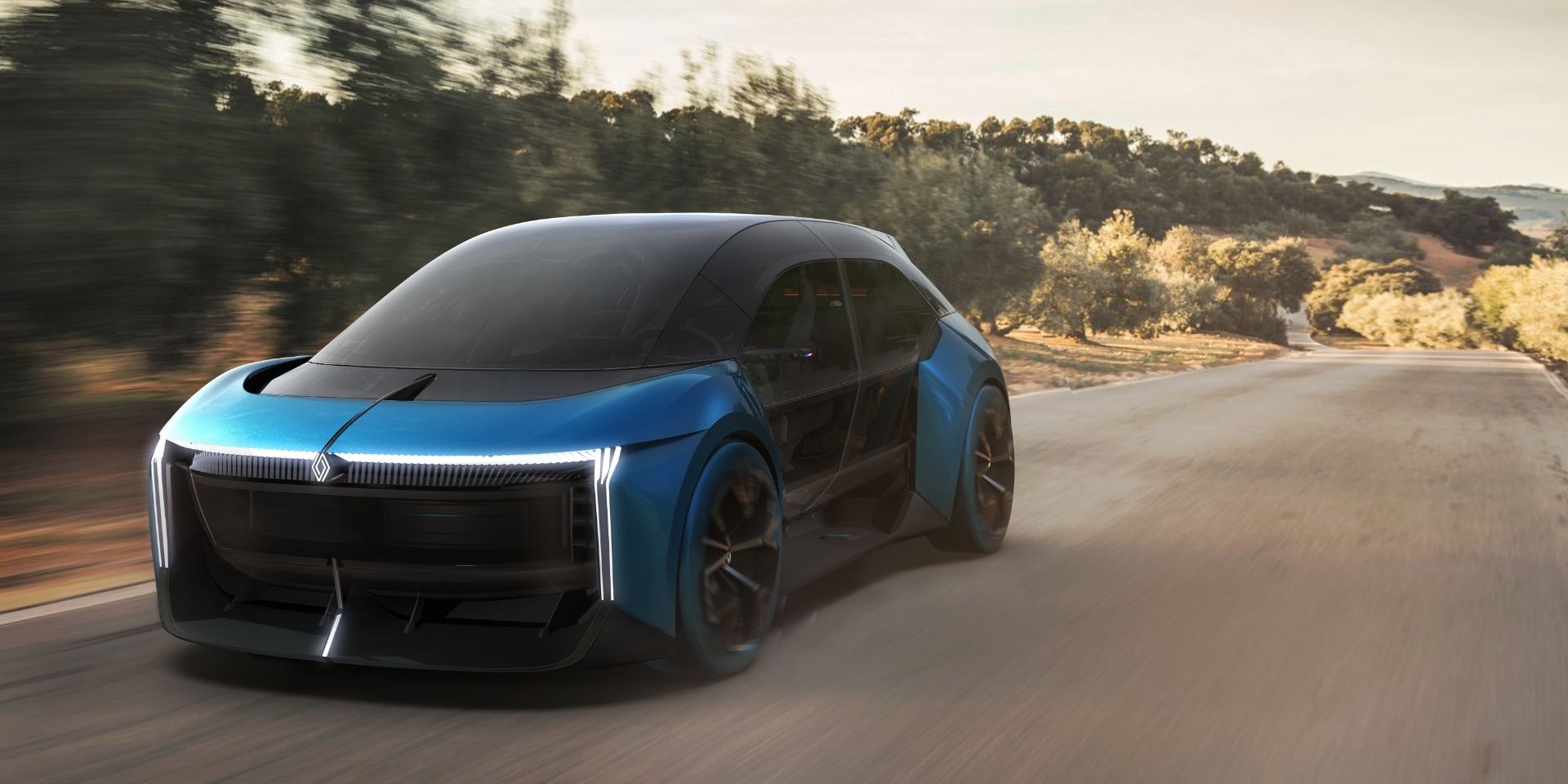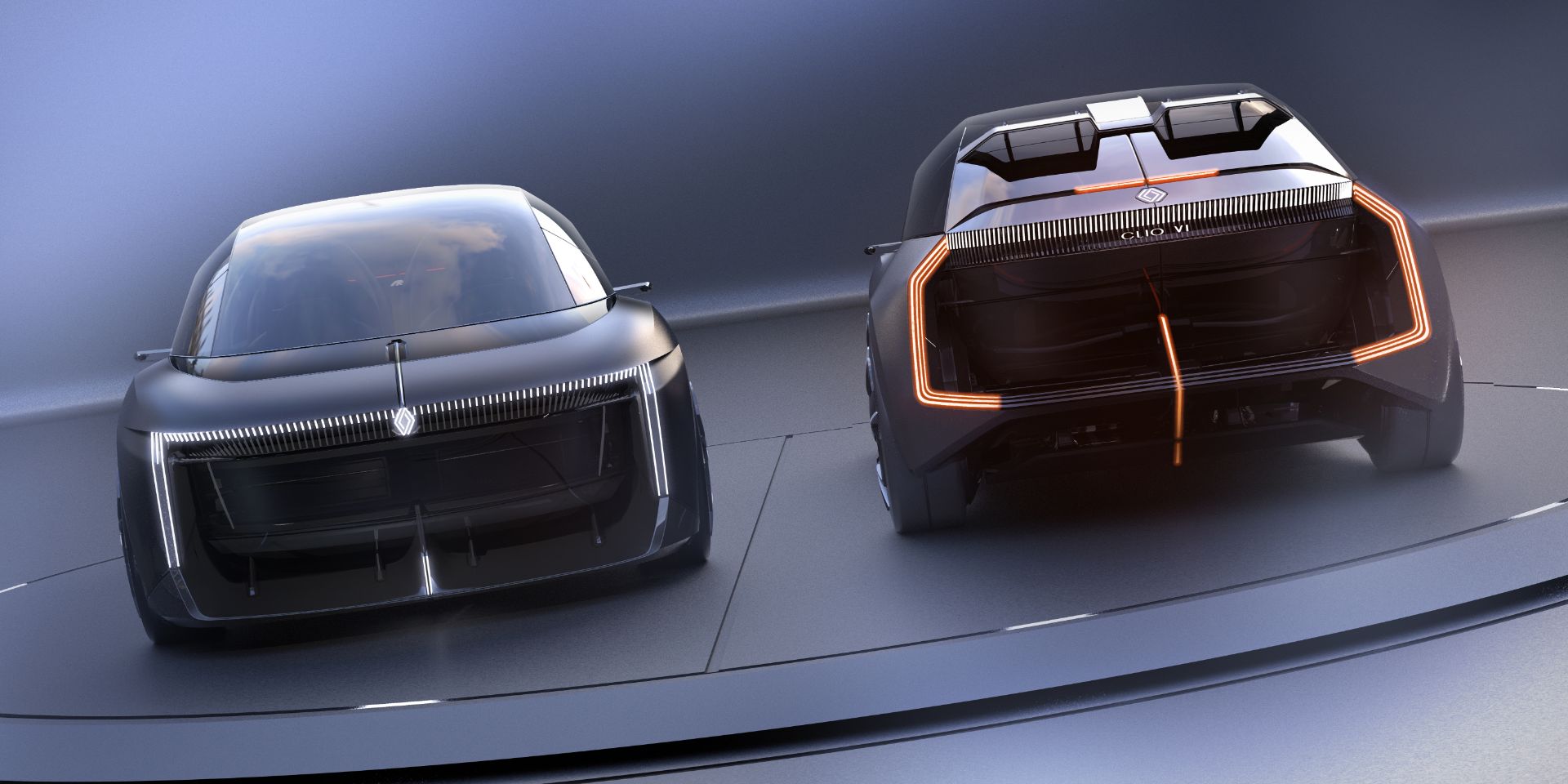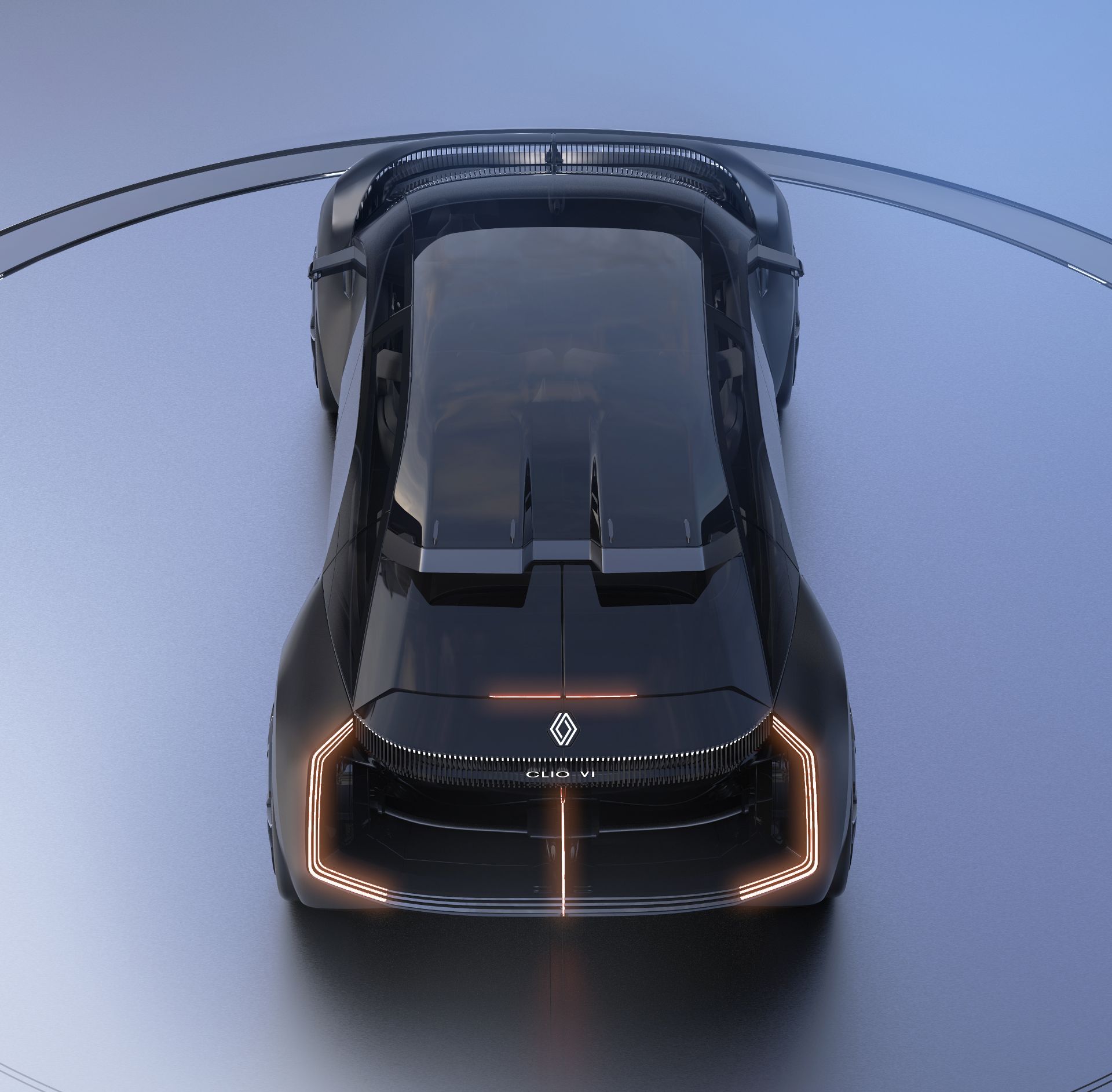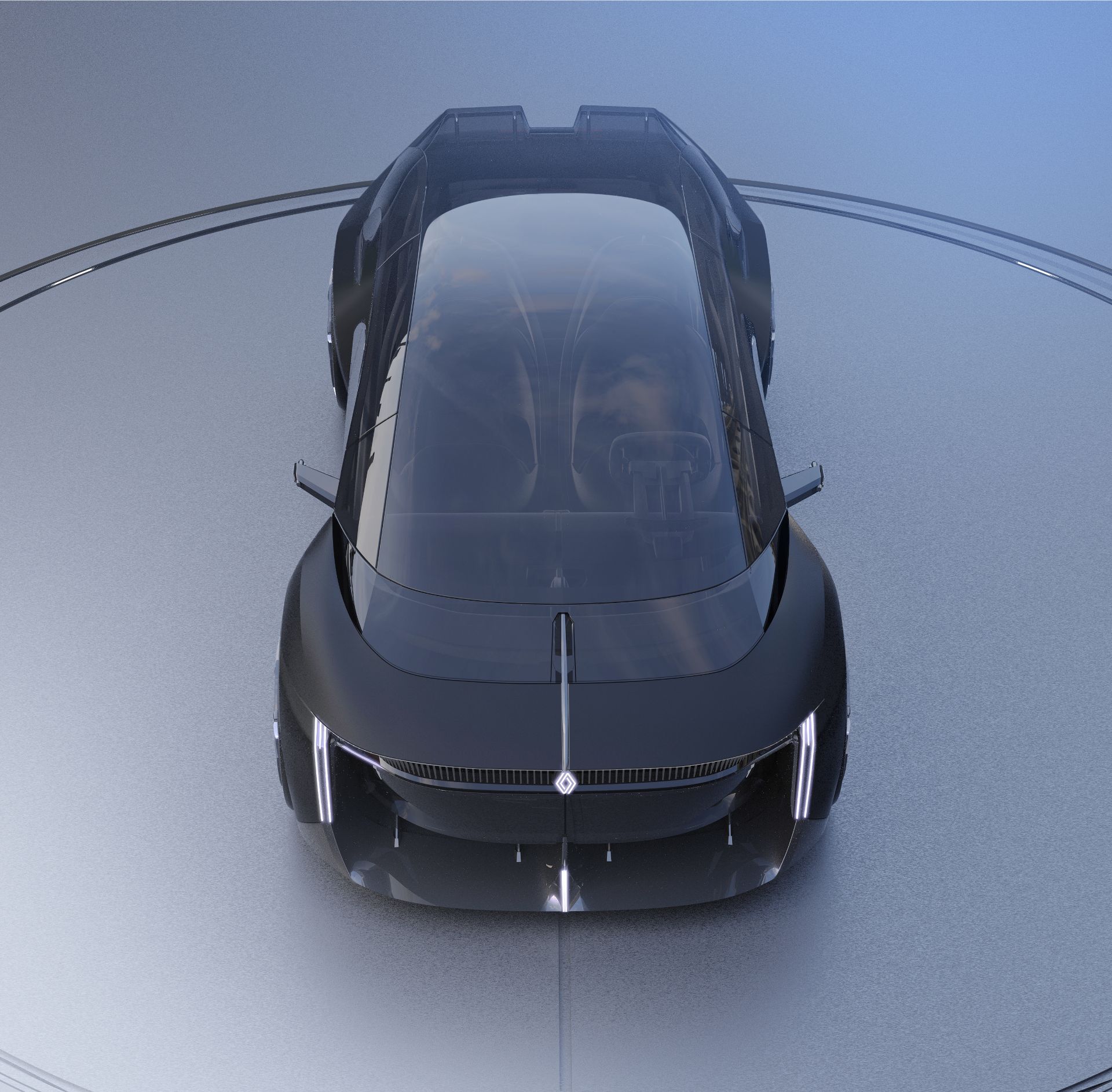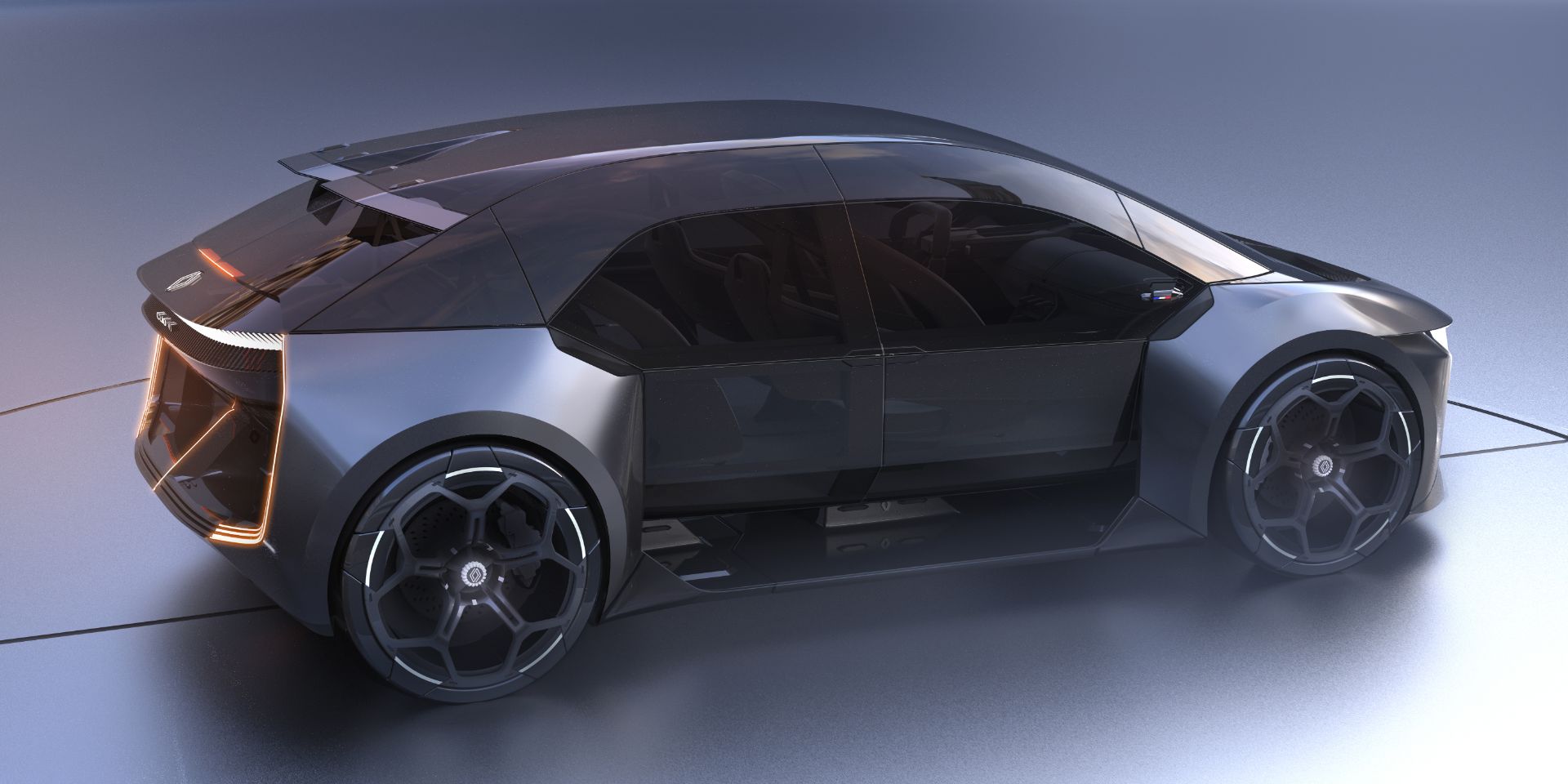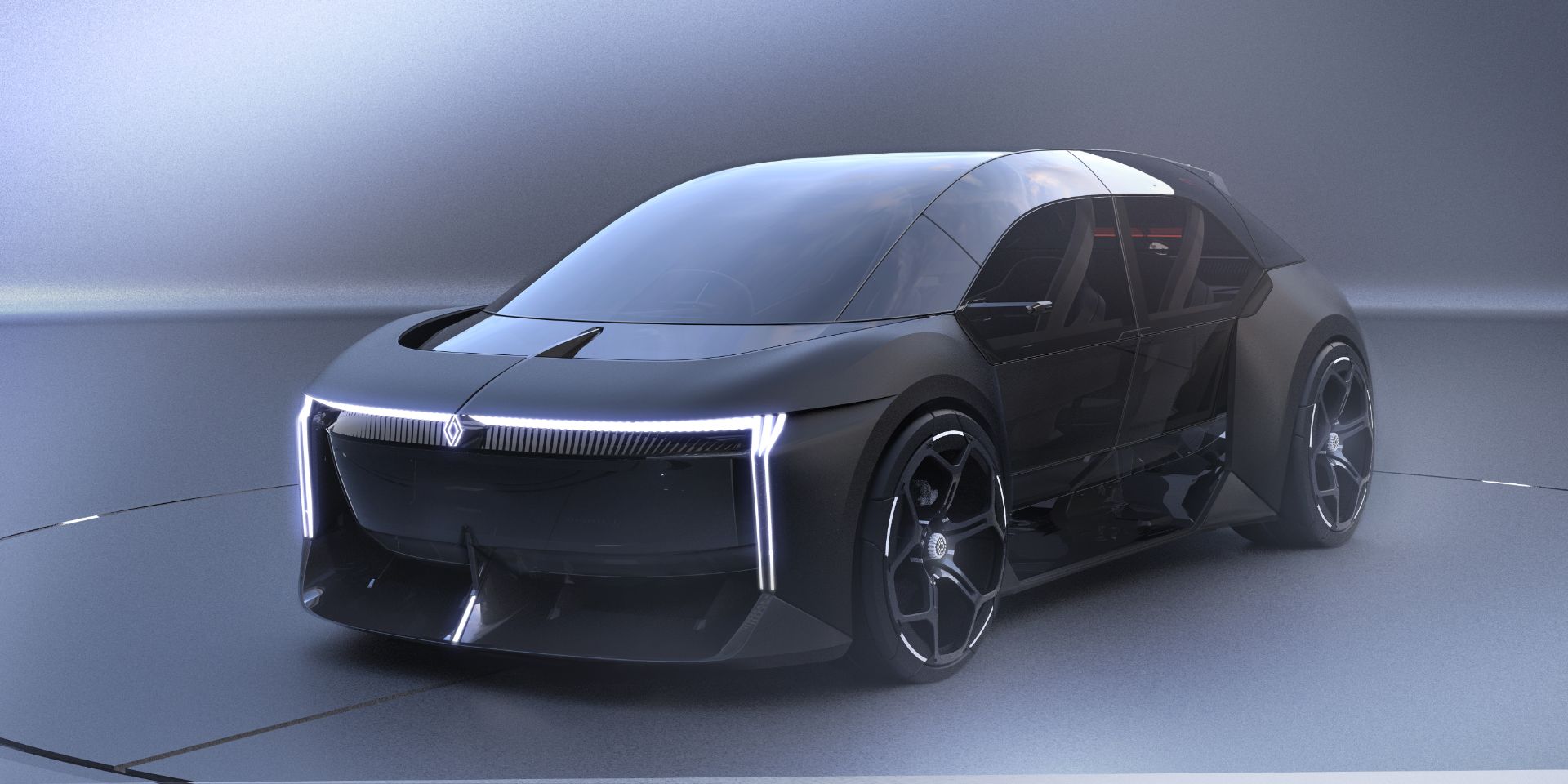Renault is heading towards the electrified future where traditional nameplates will coexist with new ones. In the supermini segment, Renault has not one but three models: the fully electric R5 and Zoe, plus the ICE-powered Clio. The latter has a history of more than 30 years and a pretty loyal following, so a team of independent designers envisioned a brand new sixth-generation as a BEV.
The Clio VI project was sponsored by Renault Design Center in France, at the Strate School of Design. The team consists of Titouan Lemarchand and Guillaume Mazerolle for the exterior design, and César Barreau for the interior. Tutor Marco Brunoni who also works as a Senior Exterior Designer at Renault oversaw the design process. You might recall Guillaume Mazerolle’s name from the Dodge Viper Basilisk design study we published a few months ago.
See Also: Stellantis, Take A Look At This Student’s 2025 Dodge Viper Basilisk Concept
As you can see from the renderings, the concept car is characterized by striking proportions with large diameter wheels, huge glass surfaces, and aggressive design details. The whole idea was to combine a transparent middle structure that is connected with the front and rear body panels symbolizing the dual electric motors (one on each axle).
The cabin is surrounded by glass, with a heavily inclined windshield emerging from the short bonnet. Beautiful chamfers on each side are visually connecting the bulged front and rear fenders, while the doors are also made of glass.
The LED light signature of the headlights with thin horizontal and vertical elements is inspired by the 2020 Renault Megane eVision Concept. At the back, the LED taillights reminiscent of the R5 Turbo are surrounding the huge body-integrated diffuser. Similarly, the double rear spoiler is an extension of the glass roof and is made of the same transparent material.
The interior has room for four passengers in futuristic seats that look like expensive furniture. The wing-shaped dashboard features wood trim, the floating center console is another nod to Renault’s design language, and the physical buttons are kept to a minimum. Behind the passengers, there is a luggage compartment with partitions, increasing practicality.
Read Also: Renault Previews Electric Range And Details EV Manufacturing Strategy
The goal of this project was to envision a four-seater vehicle sitting on Renault’s future electric platform. The result is quite impressive for a team of design students, showing the potential of electric mobility in terms of shapes and forms. While the digital concept car is probably too futuristic to consider for the next-generation Clio, it does a great job in envisioning the future of superminis, combining an aerodynamic and aesthetically pleasing body with an airy cabin and a premium feel for the passengers.




